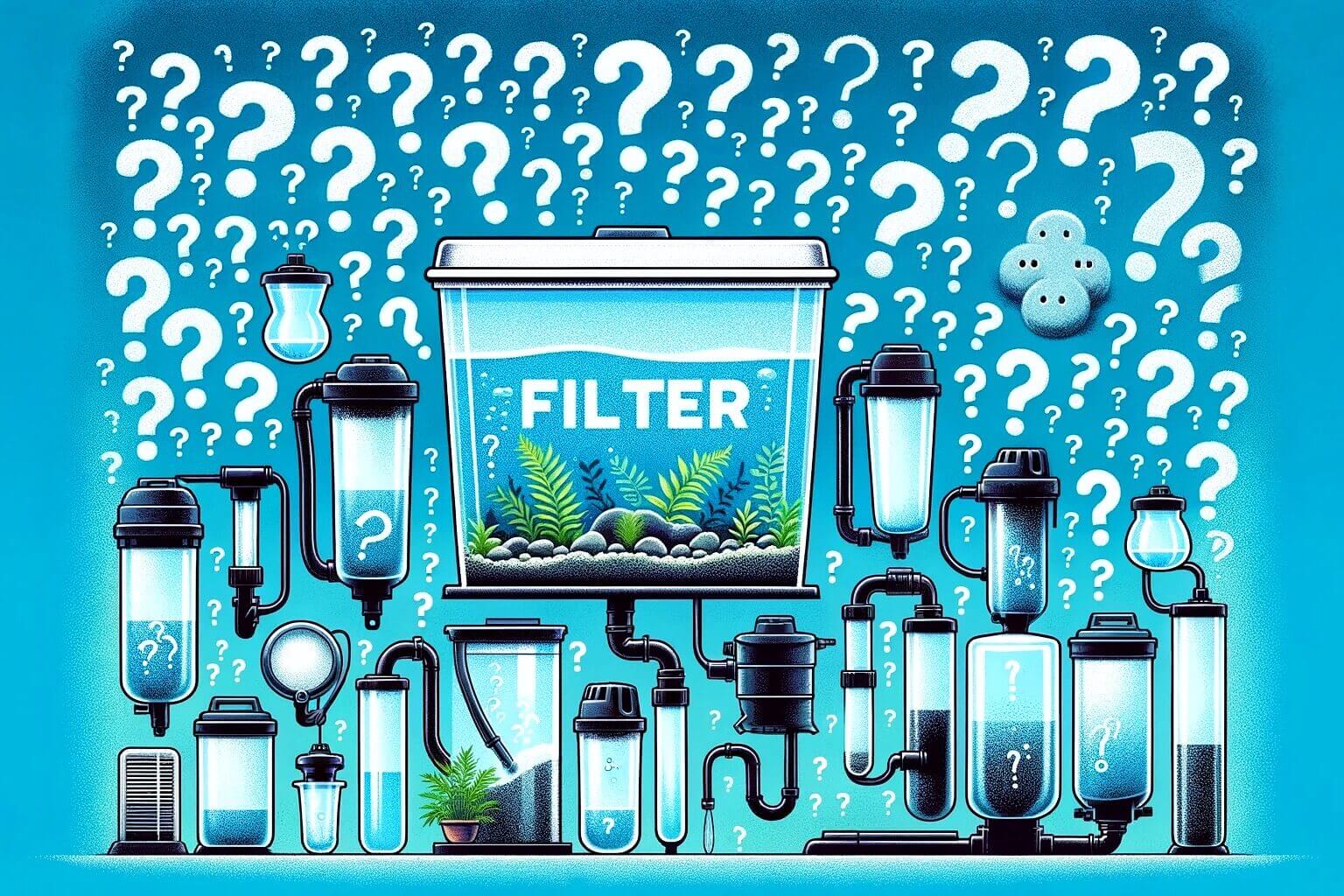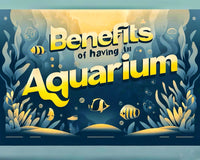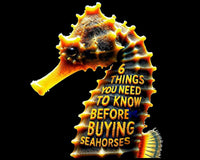How to Choose the Right Filter for Your Aquarium
Understanding Filter Types
1. Sponge Filters: Ideal for small to medium tanks, sponge filters are great for tanks with fry, shrimp, or sensitive fish, as they provide gentle filtration. They offer mechanical and biological filtration and are relatively inexpensive and easy to maintain.
2. Hang-On-Back (HOB) Filters: HOB filters are versatile and easy to install, making them suitable for a wide range of tank sizes. They provide mechanical, chemical, and biological filtration and are effective for aquariums up to medium size. Their ease of maintenance and efficiency in filtering make them a popular choice among hobbyists.
3. Canister Filters: For larger tanks or those with heavy bioloads, canister filters are the go-to choice. They offer powerful mechanical, chemical, and biological filtration and can handle large volumes of water. Though more expensive and complex to set up, their performance and flexibility in media selection make them worth the investment for serious aquarists.
4. Internal Filters: Compact and fully submerged in the tank, internal filters are suitable for small aquariums where space is limited. They provide adequate mechanical and biological filtration but might struggle in larger setups or those requiring intense cleaning.
5. Undergravel Filters: Placed under the substrate, undergravel filters offer biological filtration and are best for fish-only tanks. They can be a challenge to clean and may not be suitable for planted tanks or those with burrowing fish.
Factors to Consider When Choosing a Filter
• Tank Size: Larger tanks require filters with higher flow rates to efficiently process all the water. Ensure the filter you choose is rated for your tank’s volume.
• Fish and Plant Load: Heavily stocked tanks or those with large, messy fish might need more powerful filters or a combination of filters to maintain water quality.
• Type of Aquarium: Saltwater and reef tanks have different filtration needs compared to freshwater tanks. For instance, protein skimmers are often used in saltwater setups to remove organic compounds effectively.
• Maintenance: Consider how much time and effort you’re willing to invest in filter maintenance. HOB and sponge filters are generally easier to clean than canister filters.
• Noise Level: Some filters, especially powerful external models, can be noisy. If your aquarium is in a quiet room, look for a filter known for silent operation.
• Budget: Filters range widely in price. While you shouldn’t skimp on quality, there are effective options available at various price points.












